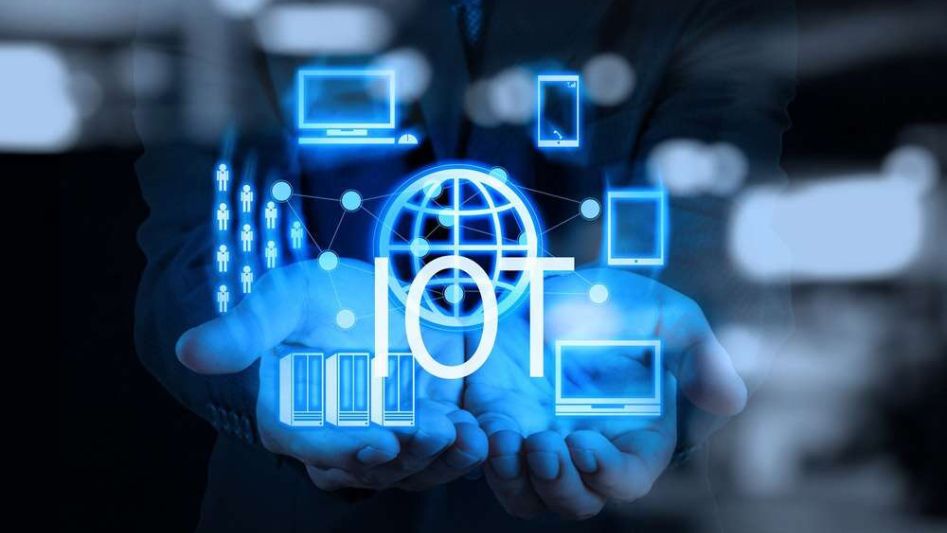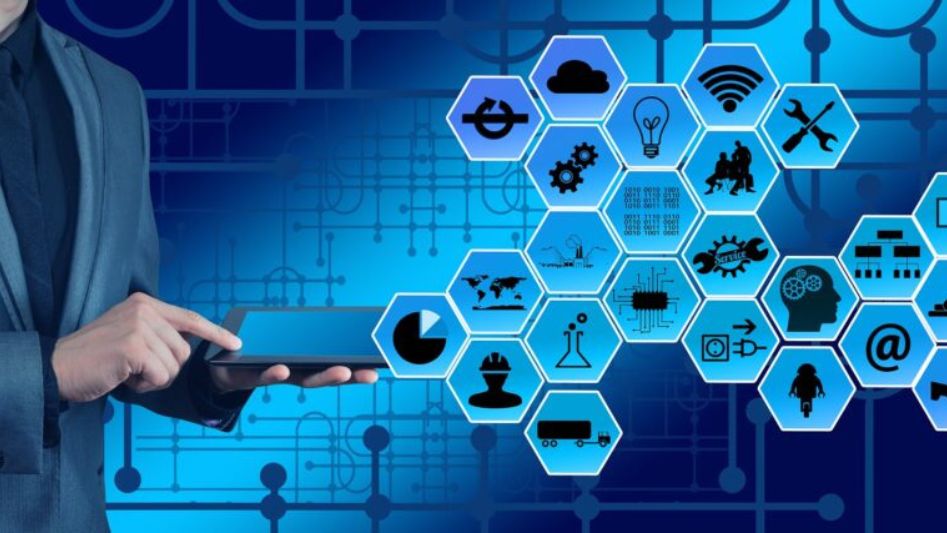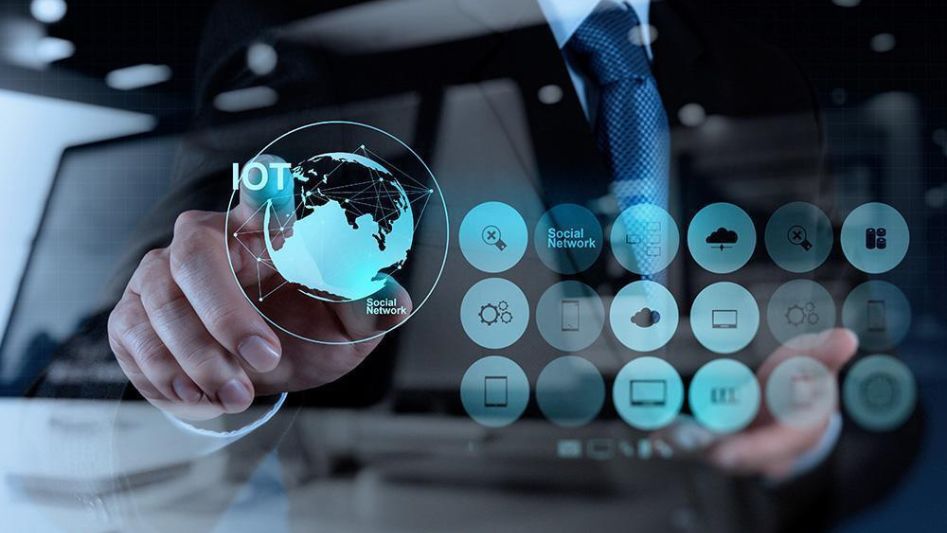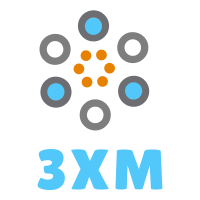The Internet of Things (IoT) is a technology that is already changing our world and has the potential to revolutionize the way we live and work in the future. Understanding the impact of IoT is important for individuals, businesses, and society as a whole.
Table of Contents:
We invite you to read: “THE TOP 5 IOT TRENDS TO WATCH IN THE COMING ERA”

What is the Internet of Things?
The Internet of Things refers to the network of physical devices, vehicles, buildings, and other objects that are connected to the internet and are able to exchange data with each other. Examples of IoT devices include smart thermostats, fitness trackers, and connected cars. The architecture of IoT typically includes devices, networks, cloud platforms, and applications.
How IoT Will Change Our World
IoT has the potential to bring many benefits to individuals, businesses, and society, such as improved efficiency, reduced costs, and enhanced safety and security. However, there are also potential challenges and risks associated with IoT adoption, such as data privacy and security concerns.
IoT Applications in Various Industries
IoT technology has the potential to revolutionize various industries, including:
Healthcare
In healthcare, IoT devices are being used to monitor patient health remotely, track medication usage, and improve medical care. For example, wearable devices can monitor vital signs and alert medical professionals in case of emergencies. IoT can also be used to track medical supplies and equipment to ensure they are properly stocked and maintained.
Manufacturing
In manufacturing, IoT devices are being used to improve efficiency and reduce downtime. For example, sensors can monitor equipment performance in real-time, enabling predictive maintenance and reducing the likelihood of unexpected breakdowns. IoT can also be used to optimize supply chain operations and improve product quality control.
Transportation
IoT is being used in transportation to improve safety and reduce congestion. For example, connected vehicles can communicate with each other and with traffic infrastructure to optimize traffic flow and reduce accidents. IoT can also be used for vehicle tracking and fleet management, enabling more efficient transportation operations.
We invite you to read: “THE BENEFITS OF IOT IN MANUFACTURING AND INDUSTRY”

Energy and Utilities
IoT is being used in energy and utilities to monitor and optimize energy usage. For example, smart grids can track energy usage and adjust power supply accordingly, reducing waste and increasing efficiency. IoT can also be used for predictive maintenance of infrastructure, such as pipelines and power grids.
Smart Cities
IoT is being used to create smart cities, where infrastructure and services are optimized for efficiency and sustainability. For example, sensors can monitor traffic, air quality, and energy usage, enabling better urban planning and management. IoT can also be used for public safety and emergency response, such as early detection of natural disasters.
Implications for the Future
IoT is expected to continue to grow in the coming years, with more devices and applications being developed. This growth could have a significant impact on jobs and the economy, as well as on the environment and society as a whole. It is important to consider the ethical and security implications of IoT, and to ensure that responsible adoption and development of IoT technology takes place.
We invite you to read: “IOT AND PRIVACY: BALANCING THE BENEFITS AND RISKS OF CONNECTED DEVICES”

Conclusion
The Internet of Things is a technology that is already changing our world and has the potential to transform the way we live and work in the future. It is important to understand the impact of IoT and to ensure that responsible adoption and development takes place in order to fully realize the benefits of this technology while mitigating potential risks.
FAQ
What are some risks associated with AI?
Some potential risks associated with AI include job displacement, bias in decision-making, loss of privacy, and the possibility of unintended consequences from autonomous systems.
What are some examples of AI in use today?
Examples of AI in use today include voice assistants, personalized recommendations on streaming platforms, fraud detection in financial transactions, and predictive maintenance in manufacturing.
How can I learn more about AI and its applications?
There are many resources available to learn about AI, including online courses, books, and articles. You can also attend conferences and events related to AI and connect with experts in the field.
You May Also Like
- THE TOP 10 IOT APPLICATIONS IN TRANSPORTATION AND LOGISTICS
- IOT AND BIG DATA: HOW THE TWO WORK TOGETHER
- HOW IOT IS REVOLUTIONIZING THE HEALTHCARE INDUSTRY
- IOT MADE SIMPLE: MONITORING TEMPERATURE ANYWHERE
- IOT AND ENERGY: HOW THE INTERNET OF THINGS IS TRANSFORMING THE ENERGY SECTOR


Recent Comments